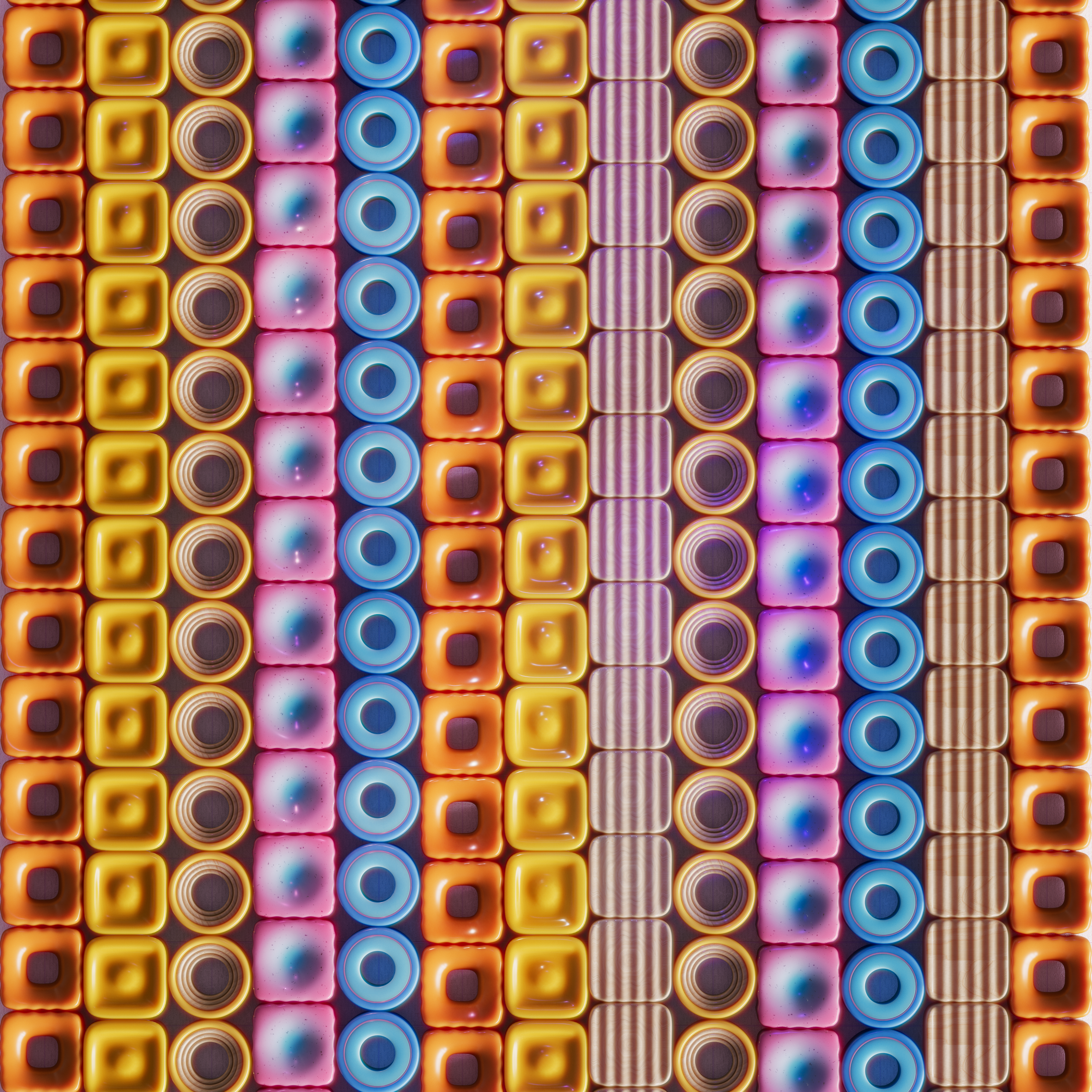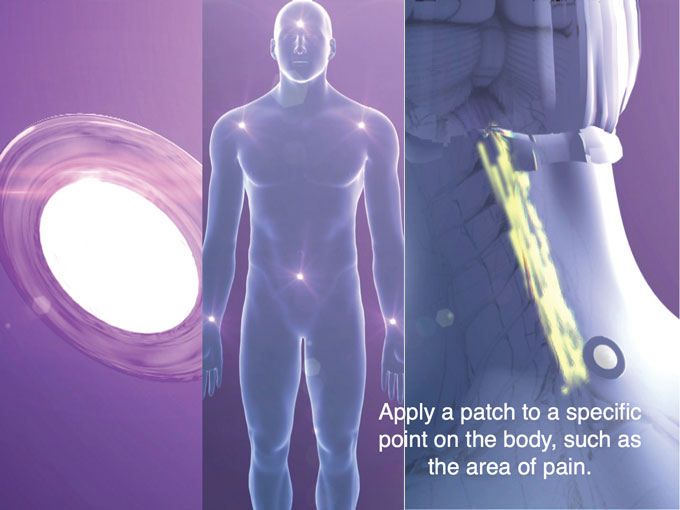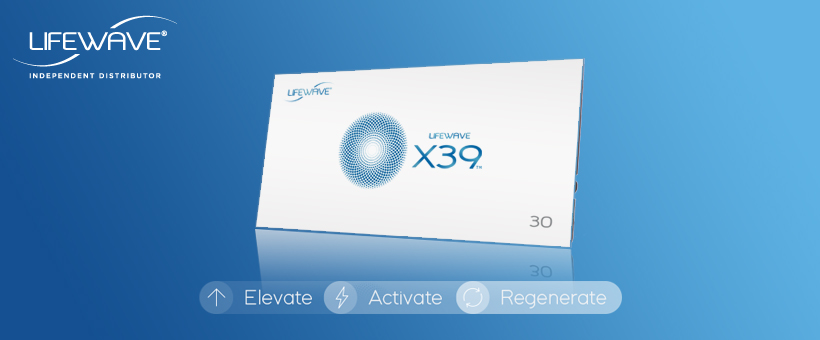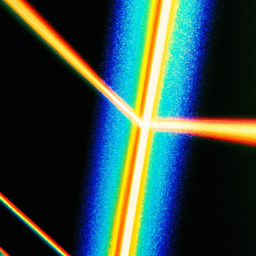Imagine a therapy that can heal your body from the inside out, promoting relaxation, reducing pain, and improving circulation. Enter infrared light therapy, a cutting-edge treatment that is gaining popularity for its numerous health benefits. This article will delve into the fascinating world of infrared light therapy, exploring how it works, its potential uses, and why it is becoming a go-to alternative for those seeking natural healing methods. Get ready to harness the healing energy of infrared light and discover a whole new way to rejuvenate your mind and body.
What is Infrared Light Therapy?
Definition of Infrared Light Therapy
Infrared Light Therapy, also known as Infrared Therapy or Photobiomodulation, is a non-invasive and natural medical treatment that uses low-level infrared light to promote healing and pain relief in the body. This therapy has gained popularity in recent years due to its potential to stimulate cellular activity, reduce inflammation, and improve overall wellness.
History of Infrared Light Therapy
The use of infrared light for therapeutic purposes can be traced back to ancient civilizations such as the ancient Egyptians, Greeks, and Romans who recognized the healing properties of sunlight. In the 1800s, scientists further explored the effects of different wavelengths of light on the human body, leading to the development of modern phototherapy. In the 1960s, NASA researched the use of infrared light to promote tissue healing in space-exposed wounds, leading to further advancements in this field.
Benefits of Infrared Light Therapy
Infrared Light Therapy offers a wide range of benefits for both physical and mental health. Some of the key benefits include:
-
Pain relief: Infrared light can help alleviate acute and chronic pain by increasing blood flow, reducing inflammation, and promoting the release of endorphins.
-
Wound healing: This therapy can enhance the healing process of wounds, ulcers, and burns by stimulating the production of collagen, accelerating tissue repair, and reducing scar formation.
-
Skin rejuvenation: Infrared light promotes collagen synthesis, which can improve the appearance of wrinkles, fine lines, and skin texture. It also helps in the treatment of conditions such as acne, rosacea, and eczema.
-
Muscle recovery: Athletes and individuals recovering from muscle injuries can benefit from infrared light therapy as it increases blood flow, reduces muscle fatigue, and speeds up the healing process.
-
Improved circulation: Infrared light dilates blood vessels, increasing blood flow and oxygenation to muscles and tissues. This can be beneficial for individuals with circulatory disorders or conditions such as diabetes.
-
Reduced inflammation: Infrared light therapy has been shown to decrease inflammation by inhibiting the production of pro-inflammatory substances and promoting the release of anti-inflammatory cytokines.
-
Stress reduction: The relaxation response induced by infrared light therapy can help reduce stress, anxiety, and promote a sense of calm and well-being.
-
Enhanced sleep: By reducing pain and stress levels, infrared light therapy can help improve sleep quality and duration.
How Does Infrared Light Therapy Work?
Principles of Infrared Light Therapy
Infrared light therapy works on the principle of delivering specific wavelengths of light to the body’s tissues and cells. The infrared light penetrates the skin, reaching deep into the body and stimulating the mitochondria within the cells. Mitochondria are often referred to as the powerhouse of the cell as they produce energy required for cellular function. When stimulated by infrared light, the mitochondria produce more energy in the form of adenosine triphosphate (ATP), which is crucial for various cellular processes.
Interaction with the Body
Infrared light therapy primarily interacts with the body at a cellular level. As the infrared light penetrates the skin, it is absorbed by the mitochondria, triggering a cascade of physiological responses. This includes an increase in nitric oxide production, which leads to vasodilation and improved blood flow. The increased blood flow carries more oxygen and nutrients to the tissues, aiding in the healing process.
Furthermore, infrared light has been shown to stimulate the production of heat shock proteins. These proteins play a critical role in cell survival and repair, helping to protect cells from stress and promoting their longevity. This interaction between infrared light and the body’s cells contributes to the therapeutic effects of this therapy.
Penetration and Absorption
Infrared light therapy utilizes different wavelengths, each with varying degrees of penetration and absorption into the body. Near-infrared light, with wavelengths between 700 to 1400 nanometers, is known to penetrate the skin more deeply, reaching muscles, joints, bones, and even organs. Mid-infrared light, ranging from 1400 to 3000 nanometers, is absorbed by both the skin and superficial tissues. Far-infrared light, with wavelengths between 3000 and 10000 nanometers, has the least penetration and is mainly absorbed by the surface layers of the skin.
The choice of wavelength depends on the specific therapeutic goals and the depth at which the condition or injury requires treatment. This flexibility in selecting the appropriate wavelength allows healthcare professionals to tailor the treatment to the individual’s needs.

Different Types of Infrared Light Therapy
Near-Infrared Therapy
Near-infrared therapy primarily utilizes the wavelength range of 700 to 1400 nanometers. This therapy is effective in promoting tissue repair, reducing inflammation, and aiding in pain relief. Near-infrared therapy is commonly used for musculoskeletal conditions, wound healing, and improving athletic performance.
Mid-Infrared Therapy
Mid-infrared therapy, within the wavelength range of 1400 to 3000 nanometers, is effective in relieving pain, reducing inflammation, and promoting improved blood circulation. This therapy is often used for conditions such as arthritis, muscle strains, and joint pain.
Far-Infrared Therapy
Far-infrared therapy harnesses wavelengths between 3000 and 10000 nanometers. This therapy mainly focuses on improving blood circulation and promoting relaxation. Far-infrared therapy is commonly used in saunas and heat lamps to induce sweating, detoxification, and stress reduction.
Whole-Body Infrared Therapy
Whole-body infrared therapy involves exposing the entire body to infrared light. This can be achieved through specialized infrared saunas or body panels. This form of therapy provides benefits throughout the body and can be effective for overall wellness, relaxation, and detoxification.
Localized Infrared Therapy
Localized infrared therapy targets specific areas of the body using handheld devices or panels. This form of therapy allows for targeted treatment of specific injuries, wounds, or areas of pain. Localized infrared therapy is commonly used by physical therapists, chiropractors, and athletes for injury recovery and pain management.
Applications of Infrared Light Therapy
Pain relief and Management
Infrared light therapy has shown promising results in pain relief and management. By promoting increased blood circulation, reducing inflammation, and stimulating the release of endorphins, this therapy can effectively alleviate both acute and chronic pain. It is commonly used in the treatment of conditions such as arthritis, back pain, fibromyalgia, and muscle strains.
Wound Healing
Infrared light therapy has been proven to enhance the healing process of wounds by increasing collagen production, promoting angiogenesis (the formation of new blood vessels), and reducing inflammation. This therapy can expedite the healing of ulcers, burns, cuts, and post-operative wounds.
Skin Rejuvenation
The rejuvenating effects of infrared light therapy on the skin are well-documented. This therapy promotes collagen synthesis, improves blood flow, and enhances cellular turnover, resulting in improved skin tone, texture, and elasticity. It can also aid in the treatment of various dermatological conditions such as acne, rosacea, psoriasis, and eczema.
Muscle Recovery
Infrared light therapy is widely used for muscle recovery in athletes and individuals with muscle injuries. The increased blood flow and oxygenation delivered by the therapy help reduce muscle fatigue, promote healing, and accelerate recovery after intense physical activity or injuries.
Improved Circulation
One of the key benefits of infrared light therapy is its ability to improve blood circulation. By dilating blood vessels and increasing oxygen delivery, this therapy can be beneficial for individuals with circulatory disorders, diabetes, or those experiencing poor circulation.
Reduced Inflammation
Inflammation is a common underlying factor in many chronic conditions. Infrared light therapy has anti-inflammatory properties that help reduce the production of pro-inflammatory substances and promote the release of anti-inflammatory cytokines. This makes it effective in managing conditions such as arthritis, tendinitis, and autoimmune disorders.
Stress Reduction
Infrared light therapy induces a sense of relaxation and promotes the release of endorphins, which are known as the body’s natural “feel-good” chemicals. By reducing stress levels and promoting a state of calm, this therapy can be beneficial for individuals experiencing anxiety, stress, or mood disorders.
Enhanced Sleep
The relaxation and pain-relieving effects of infrared light therapy can contribute to improved sleep quality and duration. By reducing pain, stress, and promoting a sense of well-being, this therapy can help individuals struggling with sleep disorders or experiencing difficulty falling asleep.

Safety and Precautions
While infrared light therapy is generally considered safe, there are a few precautions to keep in mind. It is important to follow the manufacturer’s instructions when using an infrared light therapy device, ensuring the recommended duration and distance from the skin are maintained.
Individuals with sensitive skin or a history of photosensitivity should exercise caution when using infrared light therapy. If there are any open wounds, burns, or skin infections, it is essential to consult a healthcare professional before using this therapy.
Furthermore, individuals with certain medical conditions, such as active cancer, epilepsy, thyroid disorders, or pregnancy, should consult their healthcare provider before starting infrared light therapy.
Choosing an Infrared Light Therapy Device
Factors to Consider
When selecting an infrared light therapy device, there are a few factors to consider:
-
Wavelengths: Different devices emit different wavelengths of light. Consider the specific therapeutic goals and the depth at which the treatment is required.
-
Power and intensity: The power and intensity of the device can impact the effectiveness of the therapy. Higher power devices may be more suitable for deeper tissue penetration.
-
Treatment area: Determine whether you require a localized or whole-body therapy device based on your specific needs.
-
Safety features: Look for devices with built-in safety features such as automatic shut-off timers and temperature sensors.
Popular Infrared Light Therapy Devices
There are several popular infrared light therapy devices available on the market, ranging from handheld devices to larger panels and saunas. Some popular options include handheld devices such as the Joovv Go, red light therapy panels like the RedRush 360, and full-body infrared saunas like Sunlighten saunas. It is important to research and choose a device that best suits your needs and budget.

Using Infrared Light Therapy at Home
Setting Up a Home Infrared Light Therapy System
Setting up a home infrared light therapy system is relatively simple. Start by selecting a suitable device based on your specific needs and following the manufacturer’s instructions for assembly and use. Ensure the device is positioned at the recommended distance from the body, and start with short treatment sessions, gradually increasing the duration as tolerated.
Best Practices for Home Use
-
Start with a clean and dry skin surface before each treatment session.
-
Use protective goggles to shield the eyes from the bright light emitted by the therapy device.
-
Maintain the recommended distance between the device and the skin to ensure optimal effectiveness and safety.
-
Follow the recommended treatment duration and frequency as outlined by the manufacturer or healthcare professional.
-
Consider combining infrared light therapy with relaxation techniques such as deep breathing or meditation for enhanced benefits.
Common Questions and Answers
Q: Is infrared light therapy painful?
A: No, infrared light therapy is generally painless. Some individuals may experience a mild warming sensation during the treatment, but it should not be uncomfortable or cause pain.
Q: How long does it take to see results from infrared light therapy?
A: The timeline for results can vary depending on the specific condition being treated and individual factors. Some individuals may notice improvements within a few sessions, while others may require more time for noticeable results.
Q: Can I use infrared light therapy if I have sensitive skin?
A: Individuals with sensitive skin should exercise caution when using infrared light therapy. It is advisable to start with shorter treatment sessions and closely monitor the skin’s reaction. If any adverse reactions occur, discontinue the therapy and consult a healthcare professional.
Q: Can infrared light therapy be used alongside other treatments?
A: Infrared light therapy is generally safe to use alongside other treatments. However, it is always recommended to consult with your healthcare provider, especially if you are undergoing other therapies or have specific medical conditions.
Combining Infrared Light Therapy with Other Treatments
Complementary Treatments
Infrared light therapy can be complemented by other treatments for enhanced benefits. Some complementary treatments include:
-
Massage therapy: Combining massage therapy with infrared light therapy can help further relax muscles, improve circulation, and enhance the overall therapeutic effects.
-
Physical therapy: Physical therapy exercises and stretches can be combined with infrared light therapy to promote muscle recovery, relieve pain, and improve range of motion.
-
Acupuncture: Acupuncture, along with infrared light therapy, can help stimulate specific points in the body, promoting balance, pain relief, and overall well-being.
Contraindications and Combining Therapies
While infrared light therapy can be combined with other treatments, there may be certain contraindications based on individual circumstances. It is important to consult with a healthcare professional to ensure the safe and effective combination of therapies. Individuals with certain health conditions or taking specific medications may require additional precautions or guidance.
Research and Evidence
Scientific Studies on Infrared Light Therapy
Numerous scientific studies have explored the efficacy of infrared light therapy across various medical applications. Research has demonstrated its effectiveness in pain management, wound healing, skin rejuvenation, muscle recovery, and improved circulation. However, more research is needed to further understand the mechanisms of action and optimize treatment protocols.
Potential Future Applications
The field of infrared light therapy continues to evolve, and research is ongoing to explore potential future applications. Some areas of interest include the role of infrared light therapy in neurological conditions, mental health disorders, hair regrowth, and even possibly cancer treatment. As research progresses, the potential for new and exciting applications of infrared light therapy continues to expand.
Limitations of Research
Although there is a growing body of evidence supporting the efficacy of infrared light therapy, it is important to acknowledge the limitations of current research. The majority of studies have been conducted on a relatively small scale, and more large-scale, controlled trials are needed to further validate the effectiveness of this therapy. Additionally, the optimal treatment parameters, such as specific wavelengths, dosages, and durations, are still being explored.
Conclusion
Infrared light therapy is an innovative and natural approach to promoting healing, pain relief, and overall well-being. With its non-invasive nature and wide range of applications, this therapy has gained popularity in both clinical and home settings. By harnessing the power of specific wavelengths of light, infrared light therapy offers numerous benefits for physical and mental health. As research continues to expand, we can expect to see even more exciting developments and potential applications of this therapy in the future. Whether you are seeking relief from pain, injury recovery, or simply looking to enhance your overall wellness, infrared light therapy may be just the healing energy you need.





